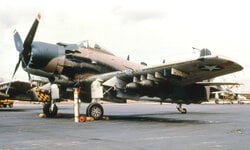Admiral Beez
Major
Rearward folding undercarriage was used or proposed on a few single-engined fighters, bombers and trainers. Was there any design or production advantages?
Gloster F.5/34

Curtiss P-36

Curtiss P-40

Ilyushin IL-2

Miles Master

Douglas TBD.

Gloster F.5/34
Curtiss P-36
Curtiss P-40
Ilyushin IL-2
Miles Master
Douglas TBD.

